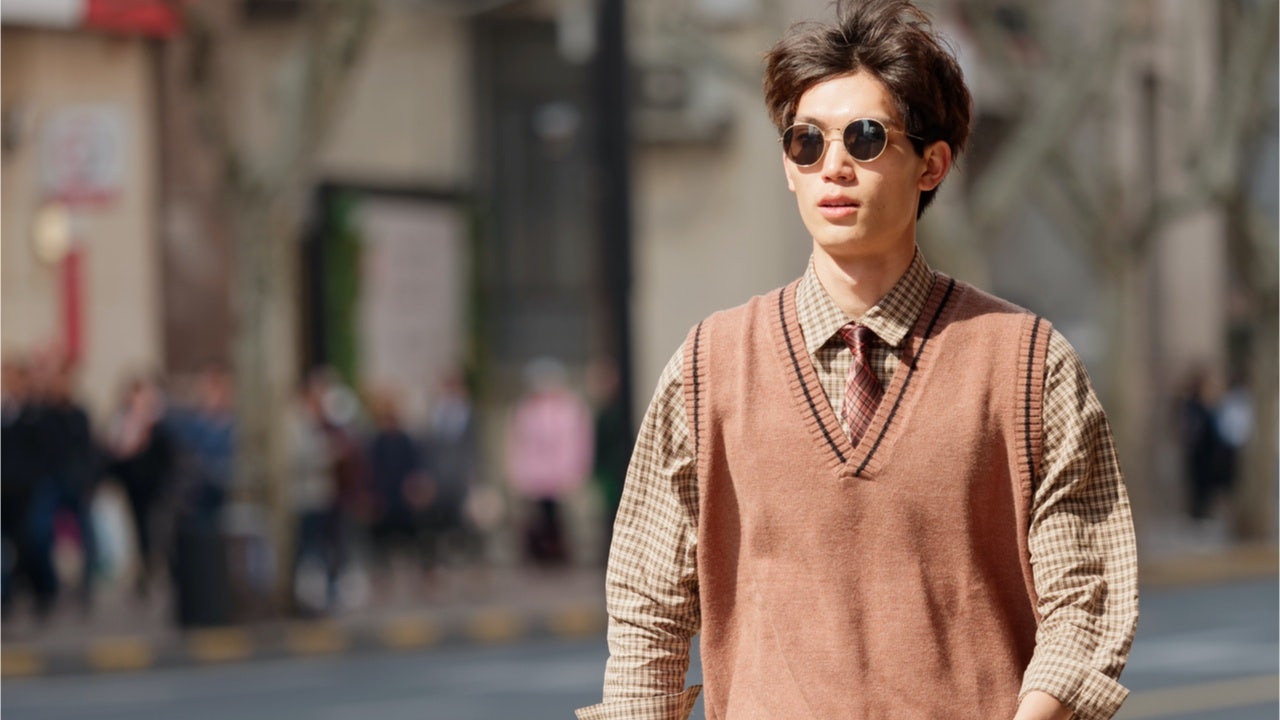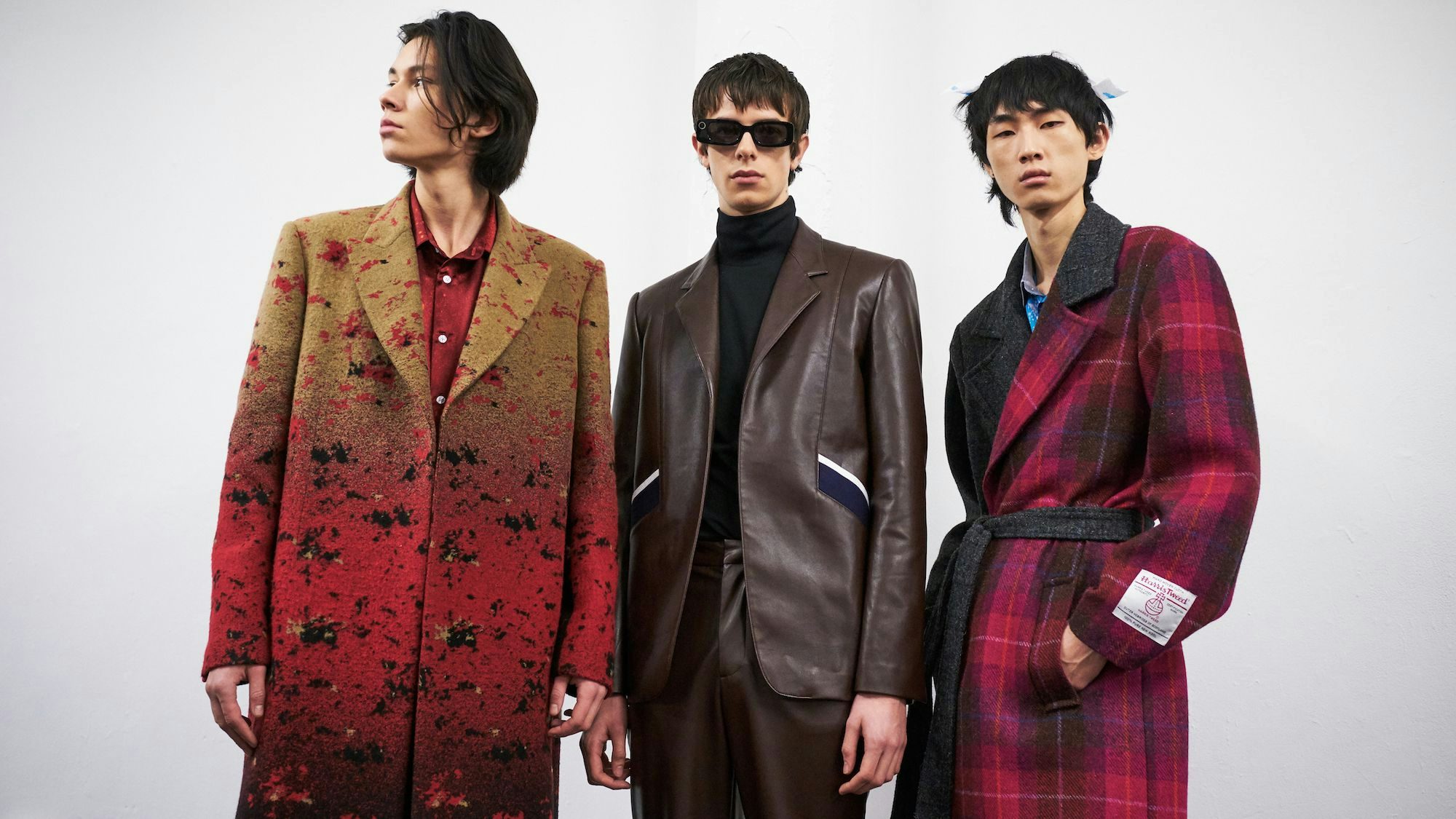According to Daxue Consulting, a Chinese-focused market research and management consulting firm, menswear accounts for almost half of the clothing industry’s total sales value in China. This shouldn’t come as a great surprise given China’s gender imbalance. Today, China’s roughly 33 million surplus men have become a powerful consumer base that turns to shopping to avoid loneliness and boredom. These Guanggun or “bare branches” have distinctive consumer habits and interests compared to men in Western societies and they have a different understanding of luxury.
For these men, luxury items are a way of communicating financial security and demonstrating that they have the financial means to satisfy the needs of an eligible life partner. Consequently, global luxury brands need to employ personalized marketing strategies and ad campaigns that break through the noise and become memorable and inspirational to this group of men. This is difficult when most Western brands still don’t get the factors that influence the buying habits of Chinese men, which makes it harder for them to build an authentic relationship with this consumer segment.
Given this, here’s four insightful marketing strategies for global luxury brands interested in grabbing more of this lucrative market.
Adaptability and e#
mbrac#
ing the culture of customer co-creation#
In the West, when we talk about adaptability in retail, ZARA comes to mind. Inditex, the Spanish multinational clothing company that owns ZARA, has democratized fashion, empowering the consumer and transforming him into the “designer” of the brand. But few understand that Inditex’s adaptability is the engine of its success. In fact, The Financial Times
reported that Inditex has become the world's biggest clothes retailer by sales because of its "ability to respond quickly to changing trends.”
In the 35 years since the apparel retailer opened its first store in A Coruña, a municipality of Galicia, Spain, the brand has grown into a veritable giant that now encompasses not only the famous fast fashion apparel collections, but also accessories, beauty, and perfumes. No wonder luxury brands want to become “the new ZARA.” Its flexibility is seen as the ideal model for a market like China, where consumer trends are forever shifting, and fastness is constantly trending.
Let’s face it, there’s little continuity in design trends in China, and conservative or “timeless” collections don’t hold the same appeal as the uber-hyped and always modern streetwear designs. Accordingly, luxury brands like Gucci that are “always on” and continue to innovate and bring high-frequency, fashionable apparel designs continue to do very well in the market. Gucci has morphed into a “luxury ZARA” and its business model has improved the runway-to-retail timeline, so that consumers can “see now and buy now.” Furthermore, Gucci has empowered the consumer, giving him a voice in the brands design strategy. And while monitoring trends in conversations on social media, Gucci has gain valuable and actionable insights into what the young buyers expects from the brand; hence, it’s not surprising that Gucci’s ad campaigns are an ode to sustainability, coolness, and youth. For example, Gucci’s male collections incorporate design elements that in the West might appear as “too feminine,” but “flower” and “bird” patterns are in line with the shopping preferences of Chinese male luxury consumers, who, generally speaking, are more adventurous with their Western counterparts when it comes to personal styles.
Employing emotional marketing to sway consumers#
“Feel Gucci” is a term minted by Gucci’s CEO, Marco Bizzarri’s daughter, which was translated into “feel good.” It’s no secret that consumers buy brands and products that make them feel good. Zander Nethercutt, who writes for Medium, explains that “people don’t buy products because of what those products do, they buy products because of what they can do — or what they imagine they can do — with them.”
Nethercutt is right. Brands that convey emotions rather than information create a bond with consumers. In the end, emotions are the main justification for luxury consumption; otherwise it’s impossible to explain why some fashion lovers would believe that a Gucci accessory is a necessity instead of a desire. While it’s possible to find most of the luxury goods manufactured by retailers at lower price points in fast-fashion stores, consumers still want an actual Gucci wallet or white sneakers because of the emotions (i.e., pride, virtue, and success) they associate with owning those accessories.
Gucci understands this, and their narratives and ad campaigns tend to have an emotional appeal. They create a tribe of like-minded people who share not only the same style notes, but also an identical outlook on life. The “feel Gucci” mentality communicates a tolerant, youthful and digitally-first mindset, and this works very well with younger consumers, especially men.
Data-driven marketing#
In the age of “Big Data,” smart retailers base most of their decisions on metrics and analytics. Evidently, brands who want to deliver personalized content will segment their consumers into demographic groups that have different purchasing habits and history.
The ability to comprehend and influence consumer habits and predict trends offers a competitive advantage. And this is especially true in China’s male apparel industry, because the local consumer base has an increased purchasing power and passion for luxury — but a displeasure for Western marketing campaigns that promote only Caucasian looking models.
In order to succeed in China, marketers need to record the response of the public to the shopping patterns of KOLs, analyze consumer expectations, and formulate effective marketing strategies that respect cultural sensibilities and influence domestic consumers. Marketers can do this through analysis of social and behavioral data. For instance, Burberry uses consumer behavior analytics to run targeted marketing campaigns.
Influencer marketing#
Chinese millennials are highly influenced by male celebrities and KOLs, taking cues from their personal blogs or social media posts. Consequently, celebrity endorsements in social media can help brands increase their outreach in China. Take Tao Liang, aka Mr. Bags’, Year of the Dog capsule collection, released in partnership with Longchamp brought in sales exceeding 5 million RMB (772,200) in just two hours. And Jackson Wang, aka Fendiman, helped Fendi become a success in China.
Seeing such high engagement rates that influencer marketing campaigns bring in, more and more luxury brands have partnered with idols and KOLs to get their products directly to consumers. From Guerlain’s partnership with the popular Chinese actor, Yang Yang, or Burberry’s collaboration with Kris Wu to Lancôme and Wang Junkai, there’s an influencer marketing campaign for every consumer base.
For global brands wanting to grab more of China’s ever-increasing male consumer market, they need to prioritize influencer marketing, big data and adaptability. But that’s easier said than done.

